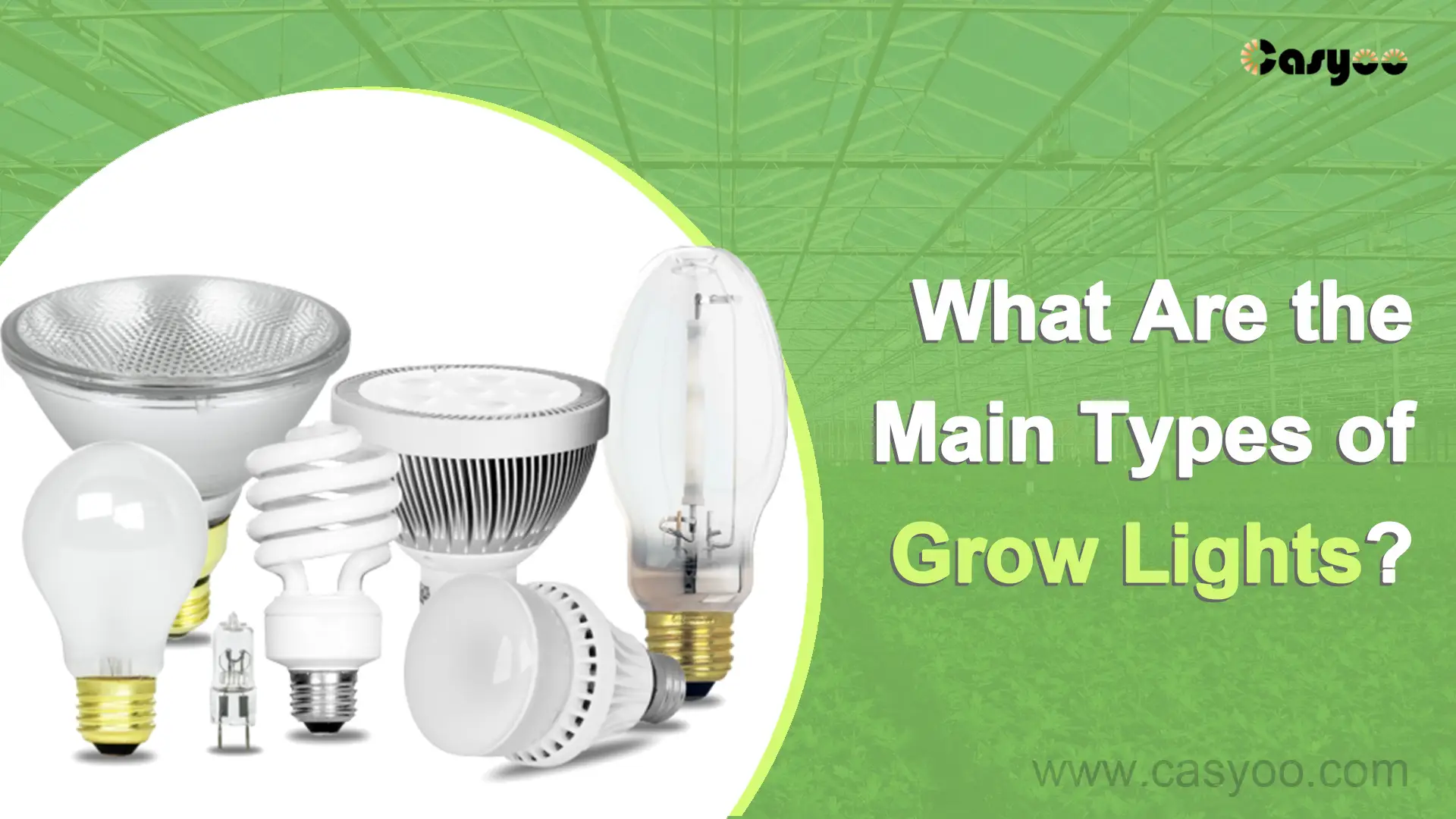A lot of planning goes into forming a natural growing environment indoors. Selecting the right grow light type is one of the most crucial things you’ll do. Indoor plants thrive under full spectrum lights, which produce warm, cool light that resembles the spectrum of the sun, just like outside plants do in the sun. Let’s look at the main types of grow lights.
Incandescent Lights
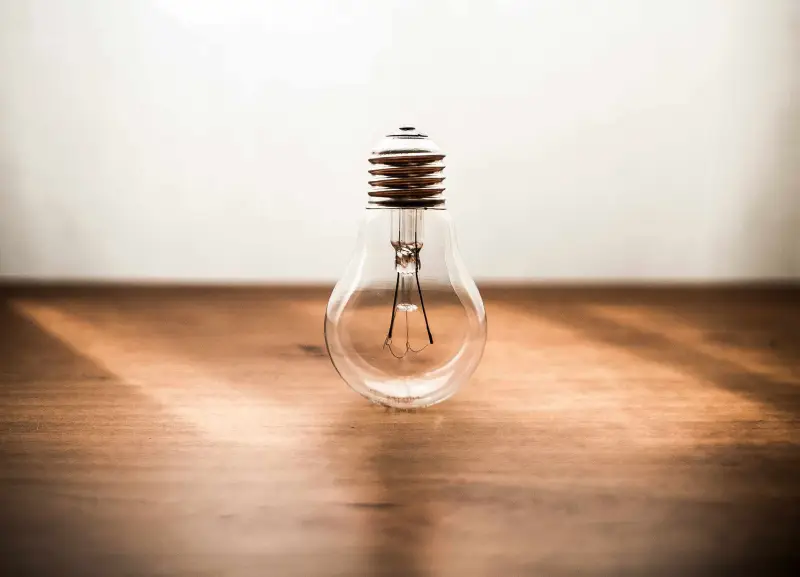
They produce a great deal of heat. In fact, incandescent lights convert 90% of the energy they consume into heat, with the remaining 10% being converted into “white” or “warm” light wavelengths. They can serve as a supplement to fluorescent lights. They work well enough to grow low-light houseplants like ferns and vines, but they are not the best choice for plants that demand more light.
Fluorescent Lights
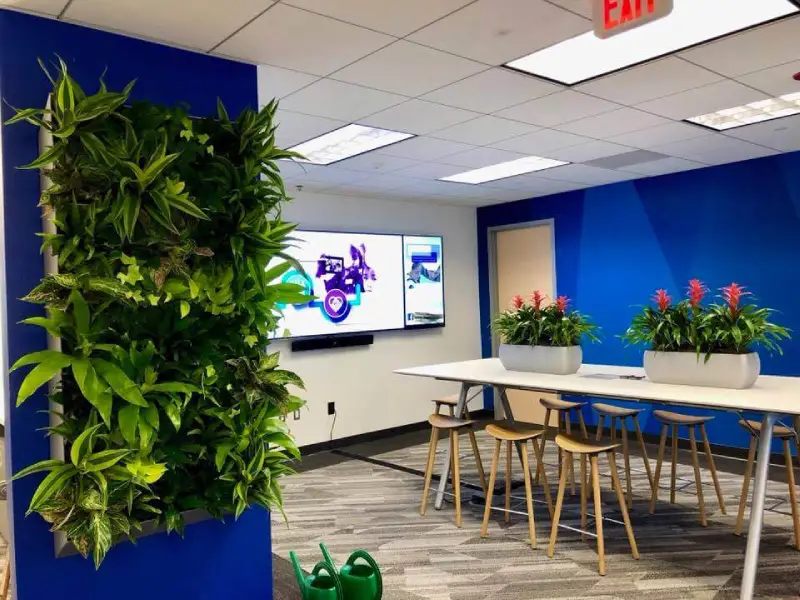
They are commonly used for herbs and vegetables indoors. Fluorescent tubes and Compact Fluorescent Lights are the two primary varieties of fluorescent bulbs.
Fluorescent Tubes
Although they are not as powerful as HPS lighting, fluorescent tubes are more effective and last longer than incandescent bulbs. They are available in a range of intensities. They can easily fit into small spaces because of their thin design.
However, fluorescent bulbs typically need a ballast to control current and that the tubes need a stand rather than a conventional socket.
Compact Fluorescent Lights
The main benefit of CFLs is that they don’t overheat the plants. You can put them up to 6″ away from a plant, which is ideal for homes and offices. You may maximize plant growth at different stages of the plant life cycle by using them, which come in varying color temperatures.
Another benefit of CFL is that it will be easier and less expensive to install than other tube-style fluorescents because it can be fitted into standard power outlets without the need for modification.
For these reasons, if you are just getting started, an incredibly simple first step would be to simply buy a CFL and see what happens on a small scale, particularly with herbs or vegetables that require less light, like dill.
HID grow lights
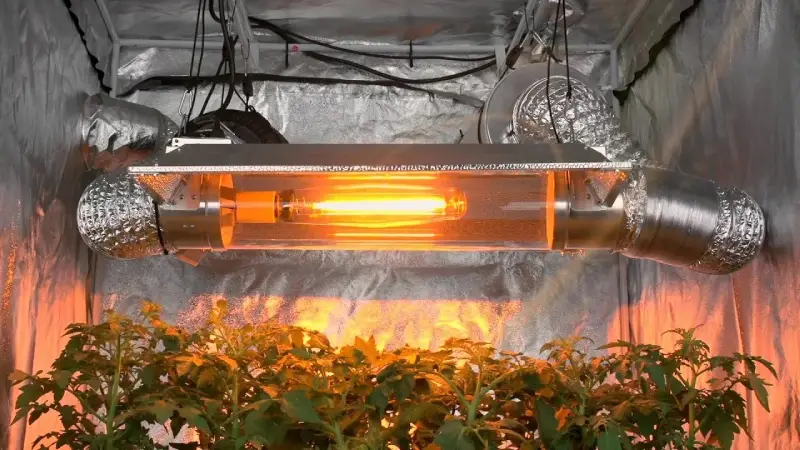
High Intensity Discharge (HID) grow lights are a low-cost source of light for hydroponic plant cultivation. Despite not performing as well as LED grow lights, many gardeners still use HID grow lights since they are far less expensive.
There are two types of HID grow lights: Metal Halide (MH) and High Pressure Sodium (HPS).
MH (Metal Halide) Grow lights
Most Metal Halide (MH) grow lights provide light in the blue (6,500–7,200K) wavelength range, which is similar to sunlight in the spring and fall. Thus, during the early vegetative stage of plant cultivation, MH grow lights work well. They encourage shorter, bushier plants.
While using MH lights for the entire growing cycle is feasible, it is not advised. Starting with MH grow lights at the vegetative stage and switching to HPS grow lights during the flowering stage is the ideal method. If you can only buy one bulb, you should always choose HPS since it will perform better throughout the life cycle of your plants.
HPS (High Pressure Sodium) Grow Lights
HPS grow lights are suitable for the flowering stage of plants since they generate light in the orange to red spectrum. They are incredibly efficient, but because they don’t produce blue light, they aren’t the best option for growing plants indoors during the vegetative stage in the absence of natural light.
When indoor plants are grown only under HPS light during the vegetative stage, they tend to grow too quickly and too thinly. The flowering or fruit stage of the plants is when HPS grow lights perform best. Orange-red light is ideal for stimulating the hormones that help plants produce leaves and flowers. When plants are grown with HPS grow lights, the yield is higher than when crops are under MH lights.
It is highly recommended that you use both HPS and MH lights for the best results. It’s HPS bulbs that increase the yields of your plants when they bloom. MH bulbs support vigorous plant growth throughout the vegetative growth stage.
The drawback of HPS lighting is that it uses a lot of energy and produces a lot of heat, which needs to be removed by an exhaust system or air conditioning, which increases the grower’s initial cost.
LED Grow Lights
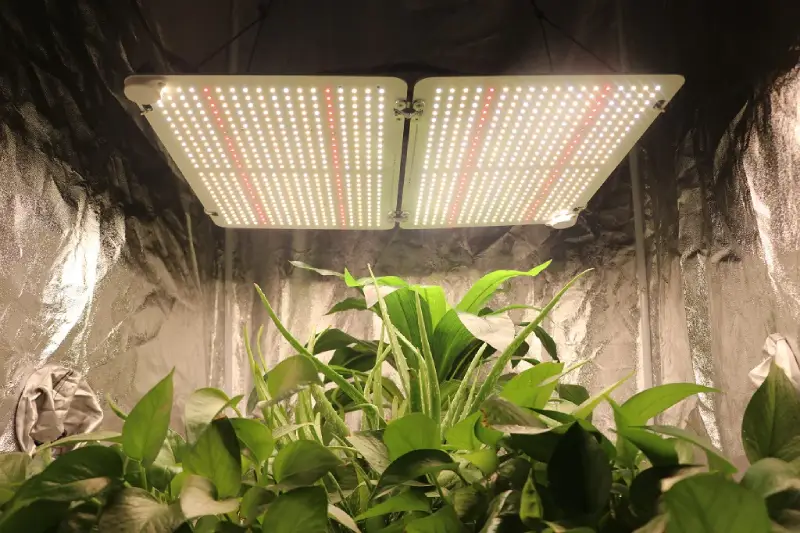
LED grow lights provide a wide spectrum of light, facilitating photosynthesis and enabling plants to thrive without sunlight. Unlike other lights, they do not need gas to function within a bulb and are limited to a tiny light diode.
They feature:
Cost-Effectiveness
These lights are less expensive solutions for greater growth in enclosed settings and have fewer operating expenses. LED grow lights use up to 70% less energy than other types of lights. Even though they initially cost slightly more than traditional grow lights, the long-term costs are lower due to their durability and efficiency.
Longer Lifespan
LED grow lights may easily last over 50,000 hours, which gives them a longer lifespan than other types of lighting. Its longevity is 5 to 6 times greater than that of fluorescent lights. LEDs don’t have a filament and don’t burn out easily like incandescent bulbs or HID bulbs, thus they last longer.
Less Heat Emission
Compared to fluorescent lights, LED lights produce 80% less heat. Therefore LEDs are more beneficial in keeping your growing space cooler. So they can be put at a closer distance from your plants, maximizing the yields. It lessens the need for regular watering by assisting in the maintenance of the moisture content of the soil and grow media.
Check this article to find out more benefits.
Incandescent Vs. Fluorescent Vs. HID Vs. LED: Which Is Better?
Considering the above, LEDs are the best option, as they provide full-spectrum light, resulting in faster, healthier plant growth. They are also very energy-efficient, long-lasting, and feature a tunable light spectrum. In this instance, the primary elements absent from other lighting are:
- Incandescent lights produce a lot of heat and are inefficient.
- Fluorescent lights have restricted light intensity.
- HID lighting uses more energy, produces a lot of heat, and has a restricted spectrum. Furthermore, they require frequent maintenance or replacement and are not as durable as LEDs.
Check our collection to find the LED grow light your need!
